We paired Rhino-Rack’s innovative Backbone foundation system with the versatile Pioneer platform rack to create the ultimate cargo solution for our Jeep Wrangler, offering 175 pounds of dynamic load capacity while preserving the vehicle’s iconic removable roof features.
Jeep Wranglers aren’t known for copious amounts of interior space, so more often than not, adding a roof rack is a great way to expand cargo capacity, especially if you carry rear-seat passengers.
That being said, there are several challenges to running a roof rack on a Wrangler, including the removable fiberglass hardtop, lack of reinforced rain gutters, additional wind resistance, more noise, and low dynamic and static load limits.
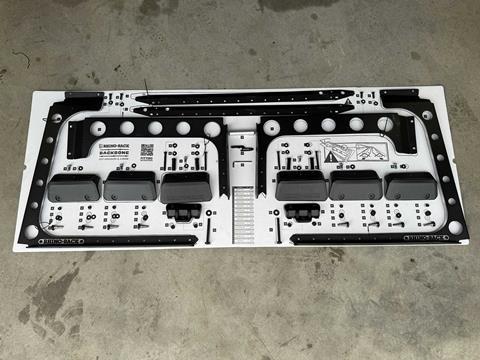
To counter each of these issues, we worked with Rhino-Rack and paired the company’s Backbone and Pioneer platform rack systems for a complete solution that would meet our needs.
Using an internal structure that spreads the load to either the roll bar or the tub of the Jeep, Rhino-Rack can achieve higher load limits than other racks on the market that only utilize the relatively weak rain gutters.
Rhino-Rack rates the dynamic load of its Backbone at 265 pounds of roof load, including the approximately 90-pound Backbone, RCL Locking Legs, and platform rack (depending on model) combination.
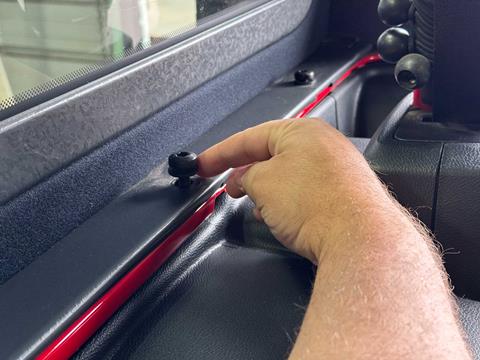
This translates into around 175 pounds of dynamic on-road cargo load allowance, a 120-pound dynamic off-road cargo load allowance, and more than 700 pounds of static (stationary) load allowance.
Other benefits to the Backbone system include the ability to mount Rhino-Rack’s crossbars, platform rack, or even aftermarket tent crossbars to the foundational castings.
Racks and crossbars are easily removed and when the rack is off, and only three castings are visible on each side, allowing you to run a slick-top setup for improved wind resistance and fuel economy when you don’t require a rack.
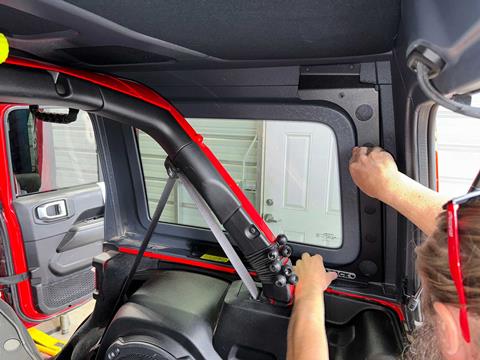
The biggest drawback to using the Backbone system is the fact that you have to drill through your roof for the system to be installed. While this is an emotional hurdle to overcome, Rhino-Rack’s installation instructions, overview video, and the included tools make this a very easy step-by-step installation.
Rhino’s Pioneer Platform is also one of the better rack solutions on the market. Made from extruded aluminum and nylon-reinforced plastic, it’s as durable as it is versatile. The aerodynamic shape complements the Jeep’s lines and adds minimal wind noise, while the generous T-slots and wide planks make mounting just about anything to the rack a modular affair.
Rhino-Rack also incorporates a channel on the underside of the front and rear extrusions for more adaptability, there is integrated wiring capability, and the corners can even be drilled out to provide access to wiring. The rack is finished in black powdercoat and comes with a 5-year warranty.
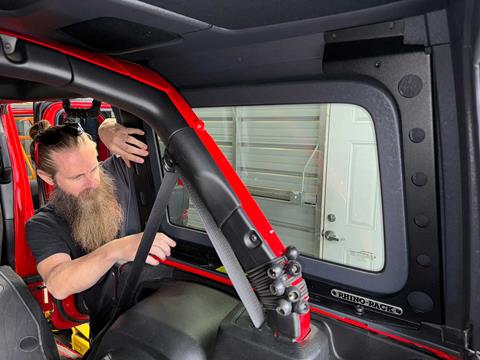
We went with the largest size that is recommended for the Wrangler four-door (72 x 56 inches), and yes, it still allows for the Freedom Panels, and even the hard top, to be removed. With the low-mount RCL Locking Legs, expect to add about 3.5 inches to the overall height of your Jeep.
With this configuration we can fit our Jeep, with an American Expedition Vehicles 2.5-inch lift and 37s, through an 86-inch-high garage door.
For the install, we took our Jeep Adventure Offroad in Huntington Beach, California, where our Rhino-Rack Backbone system was installed in just a few hours. Keep reading to see an overview of this process and stay tuned for an upcoming story about how we outfit our rack for adventure.
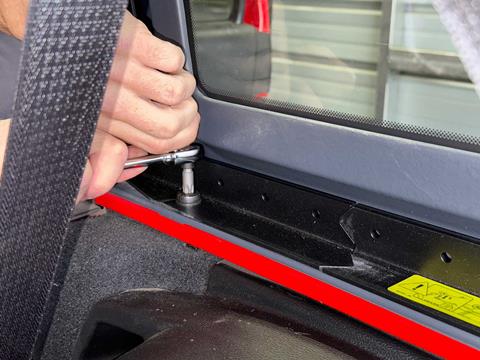
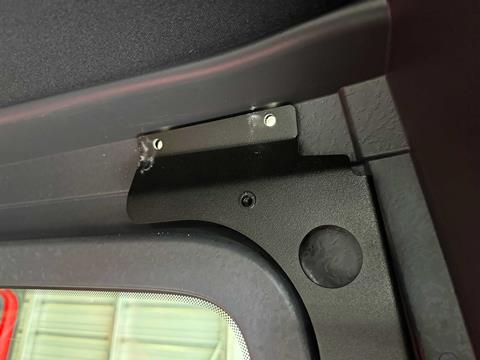
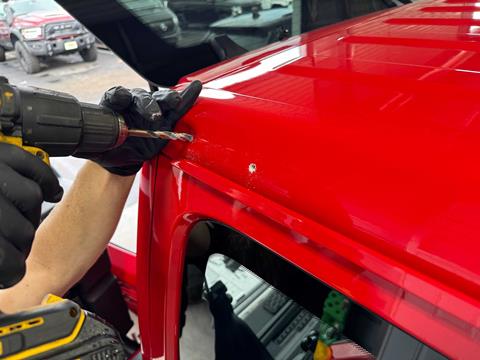
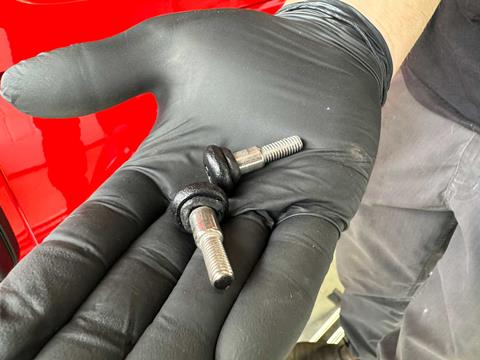
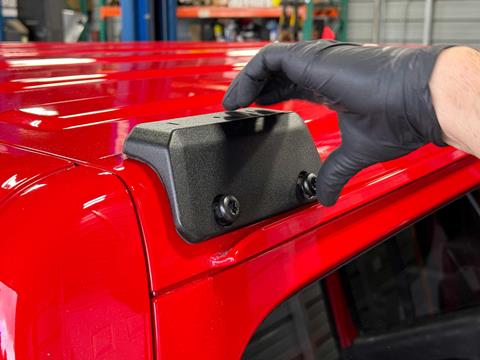
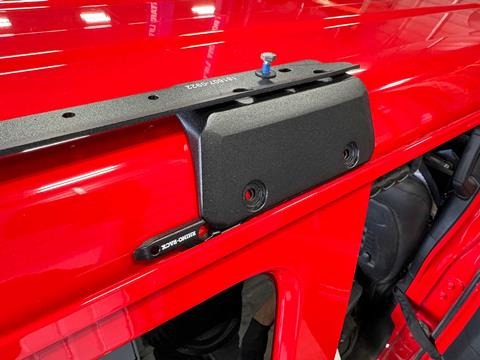
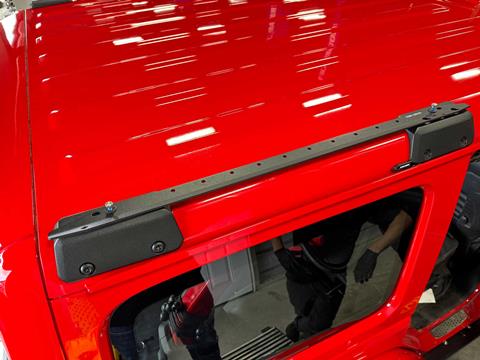
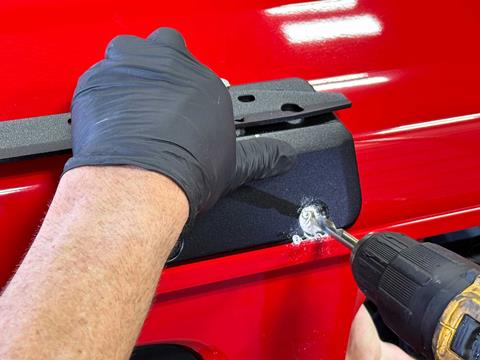
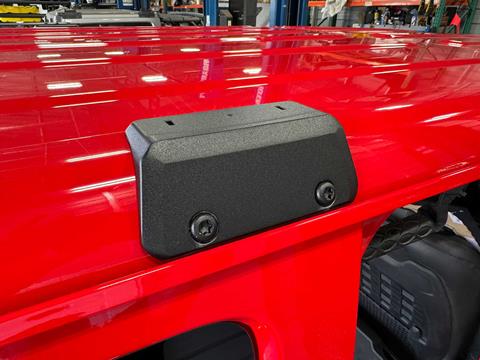
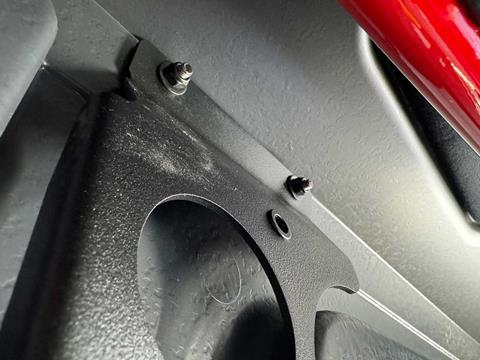
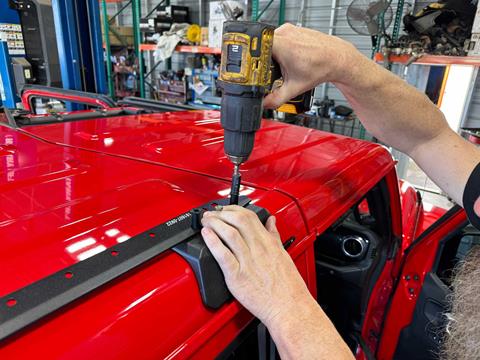
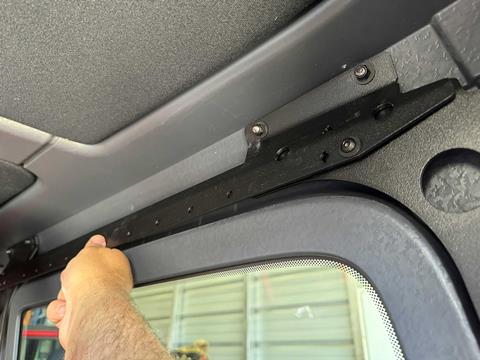
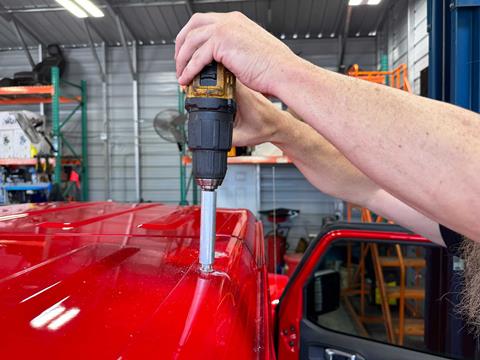
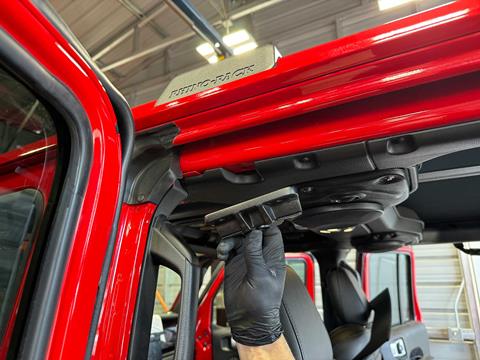
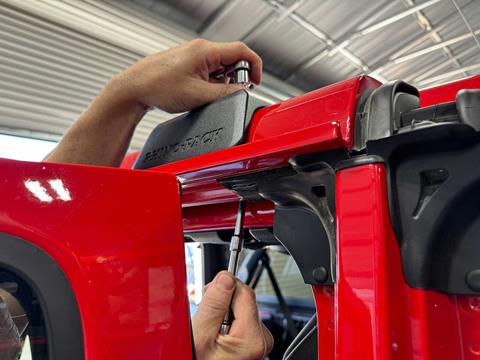
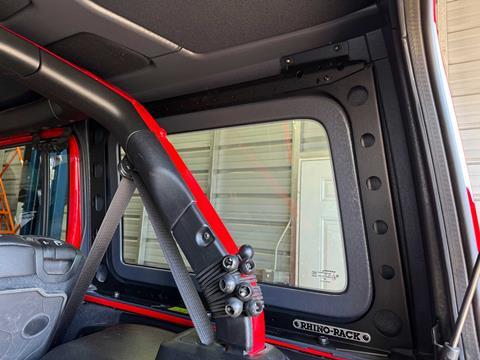
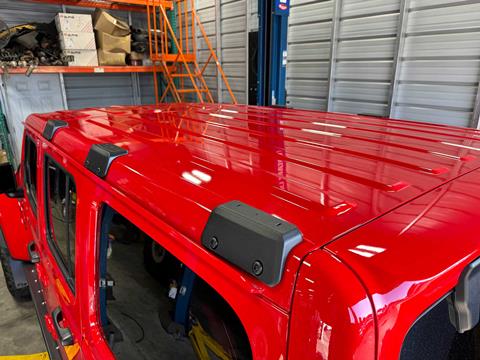
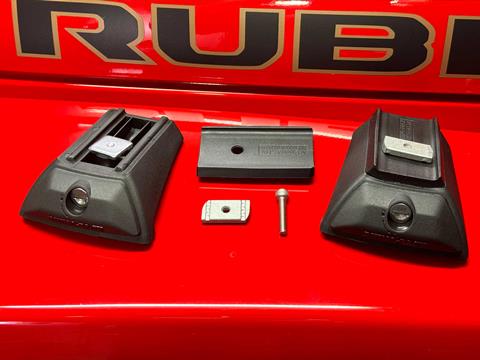
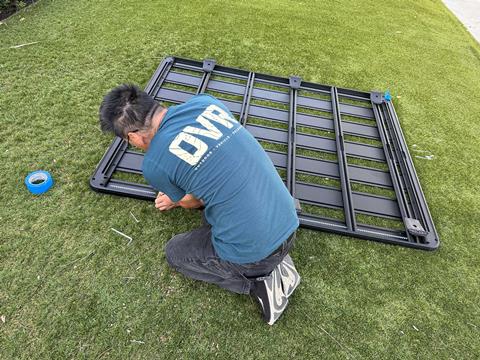
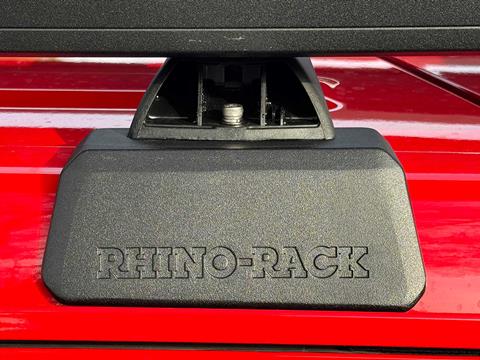
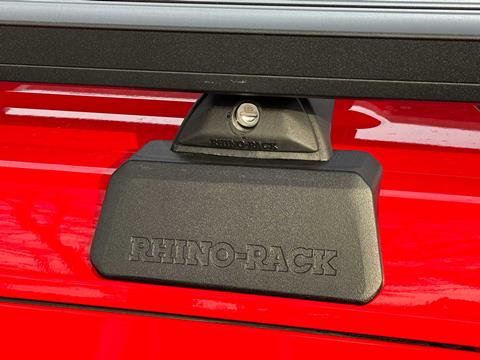
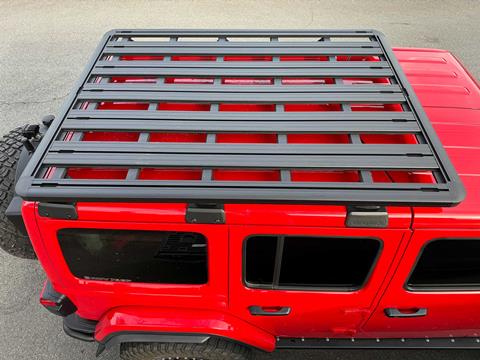
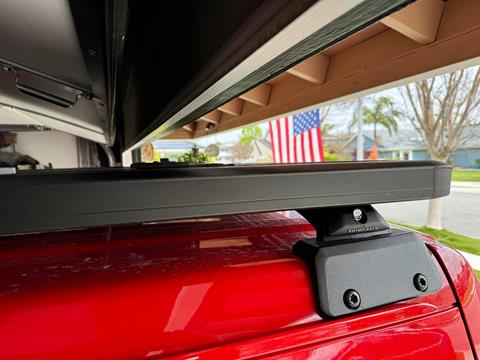
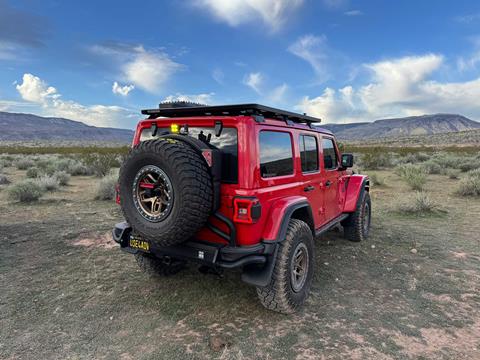
SOURCES
Access More Great Stories!
This article originally appeared in OVR Issue 09. For more informative articles like this, consider subscribing to OVR Magazine in print or digital versions here. You can also find the print edition of OVR at your local newsstand by using our Magazine Finder.


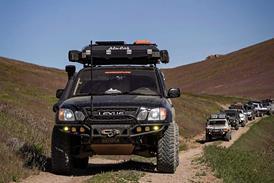
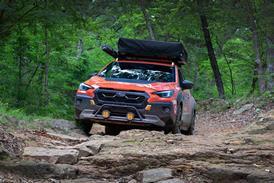
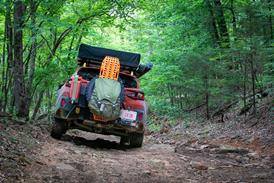
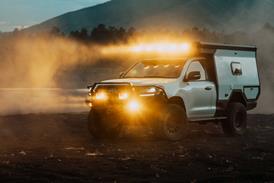
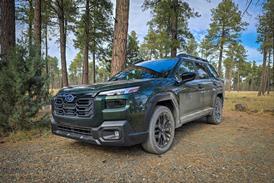
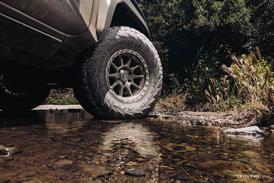
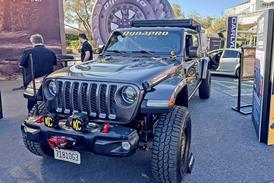
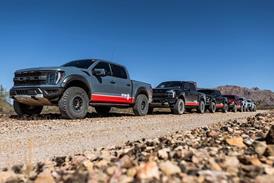
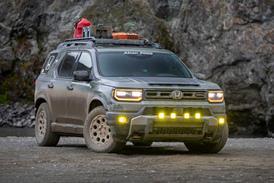

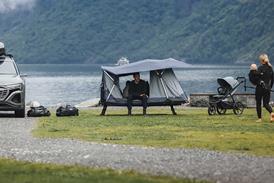
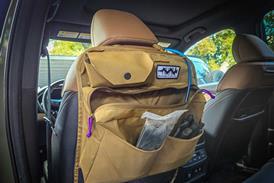
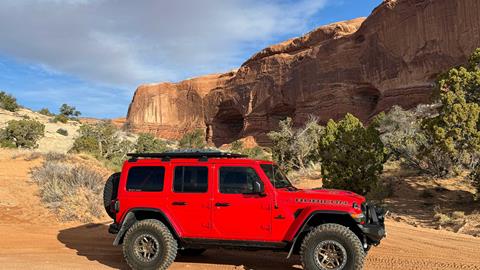






No comments yet